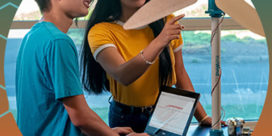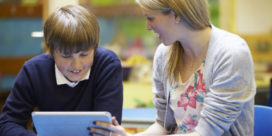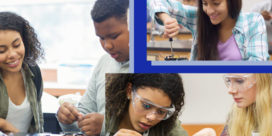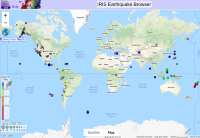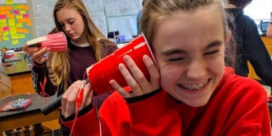Vernier Software & Technology Launches E-Book to Support Hands-On Science Learning for Middle School Students
BEAVERTON, Oregon, July 27, 2022 — Vernier Software & Technology has launched Light & Matter: Vernier Supplement to OpenSciEd Unit ... Read more

